In Sichombe Village, deep in Zambia’s Kazungula District, mornings begin at 4:00 AM. Not for school or for work, but for survival—families queue to draw a few buckets of water from a 16-meter-deep well that serves not just one but 23 villages. In the dry season, the well often runs dry, leaving cattle to walk 7 km to the river for a drink. For a community determined to make agriculture a lifeline, these conditions are almost impossible.
Yet amidst these challenges, something remarkable is happening.
Thanks to the Solar for Climate Resilience and Productive Uses (S4CRPU) project—led by the Zambia Renewable Energy Association (ZARENA) and supported by Strathclyde’s Global Renewables Centre (GRC)—change is on the horizon.
Clean Energy, Real Solutions
The project addresses urgent needs in Sichombe and Silimbana Villages, bringing solar-powered irrigation and clean water access to communities grappling with drought, food insecurity, and energy poverty.
Key interventions include:
- Solar-powered boreholes and drip irrigation, enabling year-round farming and reducing reliance on erratic rainfall.
- Training for women and youth in renewable energy systems, sustainable farming, and climate resilience.
- Demonstration hubs to showcase climate-smart agriculture and stimulate local innovation and enterprise.
This isn’t just about access to water or energy—it’s about reshaping livelihoods. By enabling the cultivation of high-value crops, the project opens up opportunities for cross-border trade with neighbouring Botswana and Zimbabwe. Farmers gain access to markets, generate income, and fund system maintenance through cooperative models—ensuring long-term sustainability.
What the Feasibility Study Found
The GRC-backed feasibility study used the FAO-endorsed Solar Powered Irrigation System (SPIS) Toolbox, combined with local data and extensive community consultation, to model the technical and economic viability of the installations.
- Water demand and solar potential at both sites support cost-effective irrigation.
- Financial modelling showed a four-year payback period and strong long-term savings compared to diesel pumps.
- Social impacts include reduced labour for women and girls, increased food production, and improved climate resilience.
Perhaps most importantly, the study confirmed strong community readiness and ownership—with local cooperatives poised to take on long-term governance and maintenance.
“We’re not just installing pumps,” said one project team member. “We’re building the foundations of resilient, thriving rural economies.”
Aligning with Global and National Priorities
The S4CRPU project contributes directly to multiple Sustainable Development Goals:
- SDG 2 – Zero Hunger through climate-resilient agriculture
- SDG 6 – Clean Water and Sanitation for domestic and livestock needs
- SDG 7 – Affordable and Clean Energy via decentralised solar solutions
- SDG 13 – Climate Action by reducing fossil fuel reliance and enabling adaptation
It also supports Zambia’s Eighth National Development Plan and energy and climate policies.
🚀 What’s Next?
As we move toward implementation, the focus will shift to mobilising investment, finalising system design, and building community capacity. The lessons learned will inform replication across similar off-grid, drought-prone areas in Zambia and beyond.
This is what SDG 7 in action looks like: clean energy not as a concept, but as a catalyst for dignity, prosperity, and resilience—even in the most remote corners of the world.
The report is shared below as a template and case study and intendend to be used to inform similar projects. Get in touch with ZARENA for more information
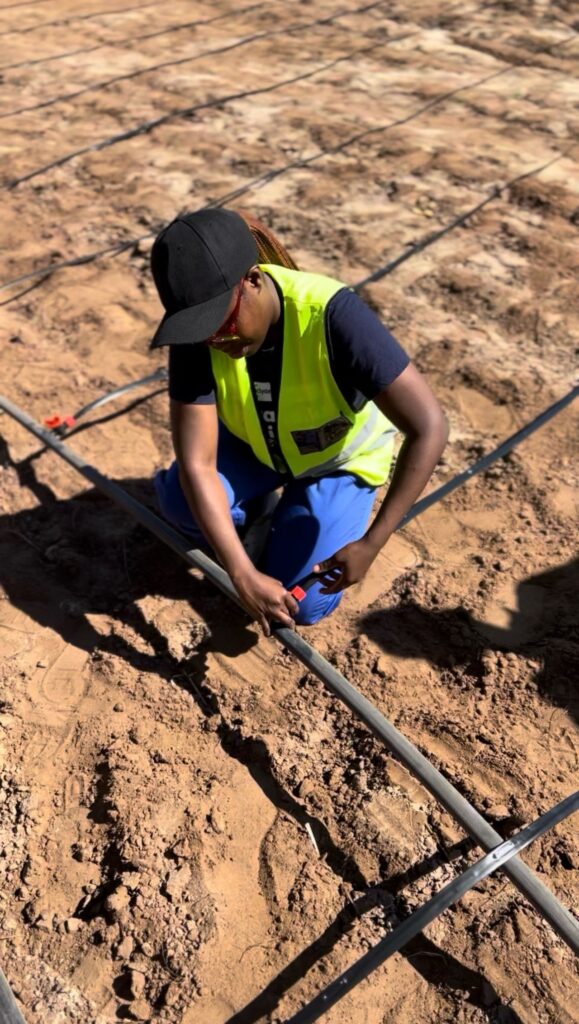
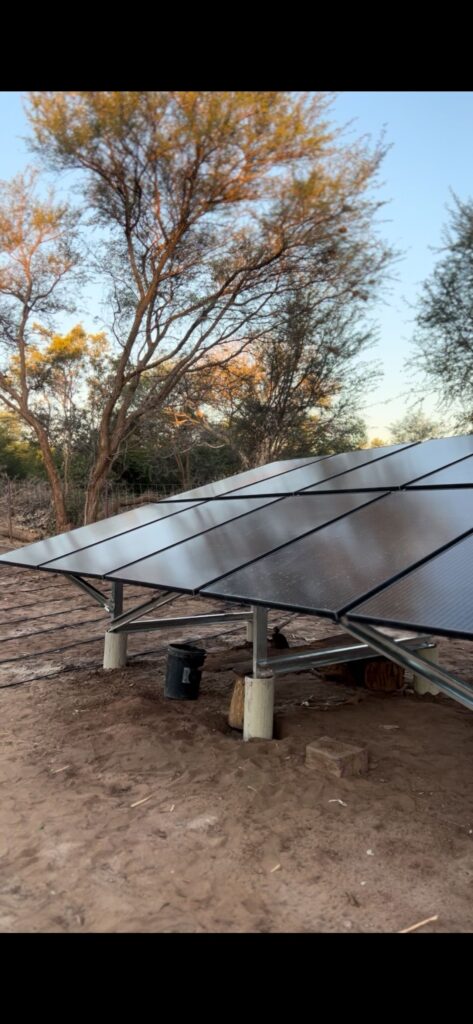
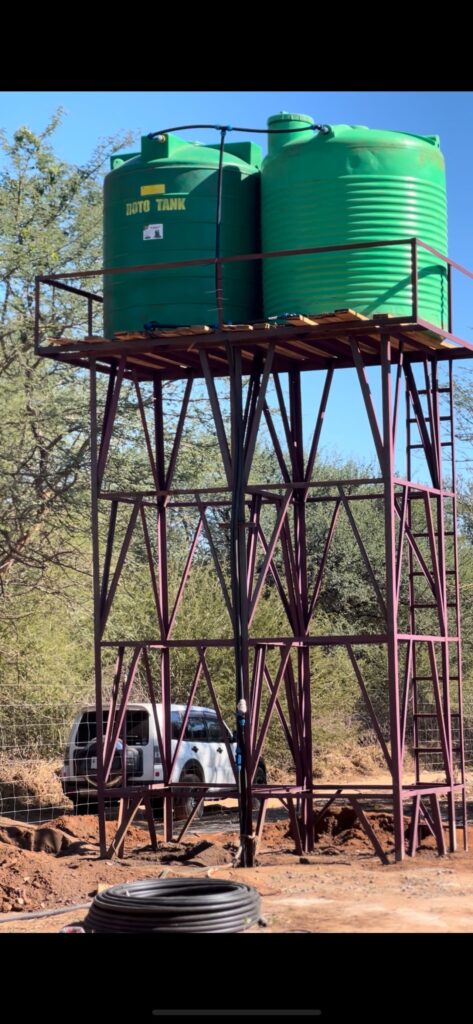
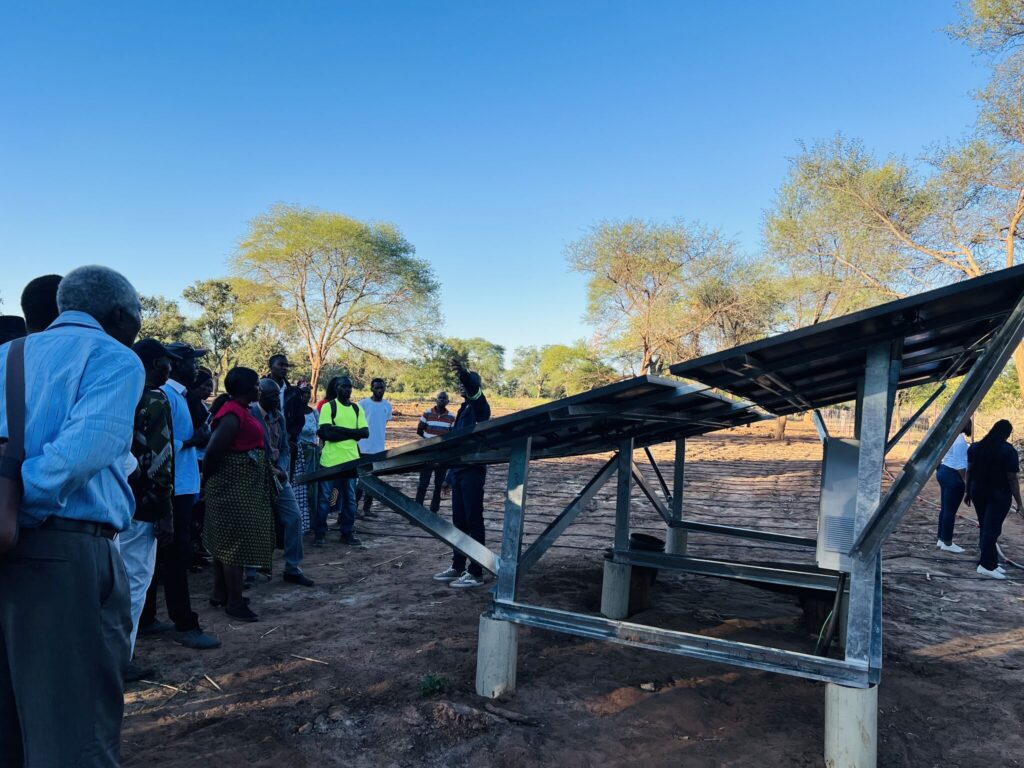
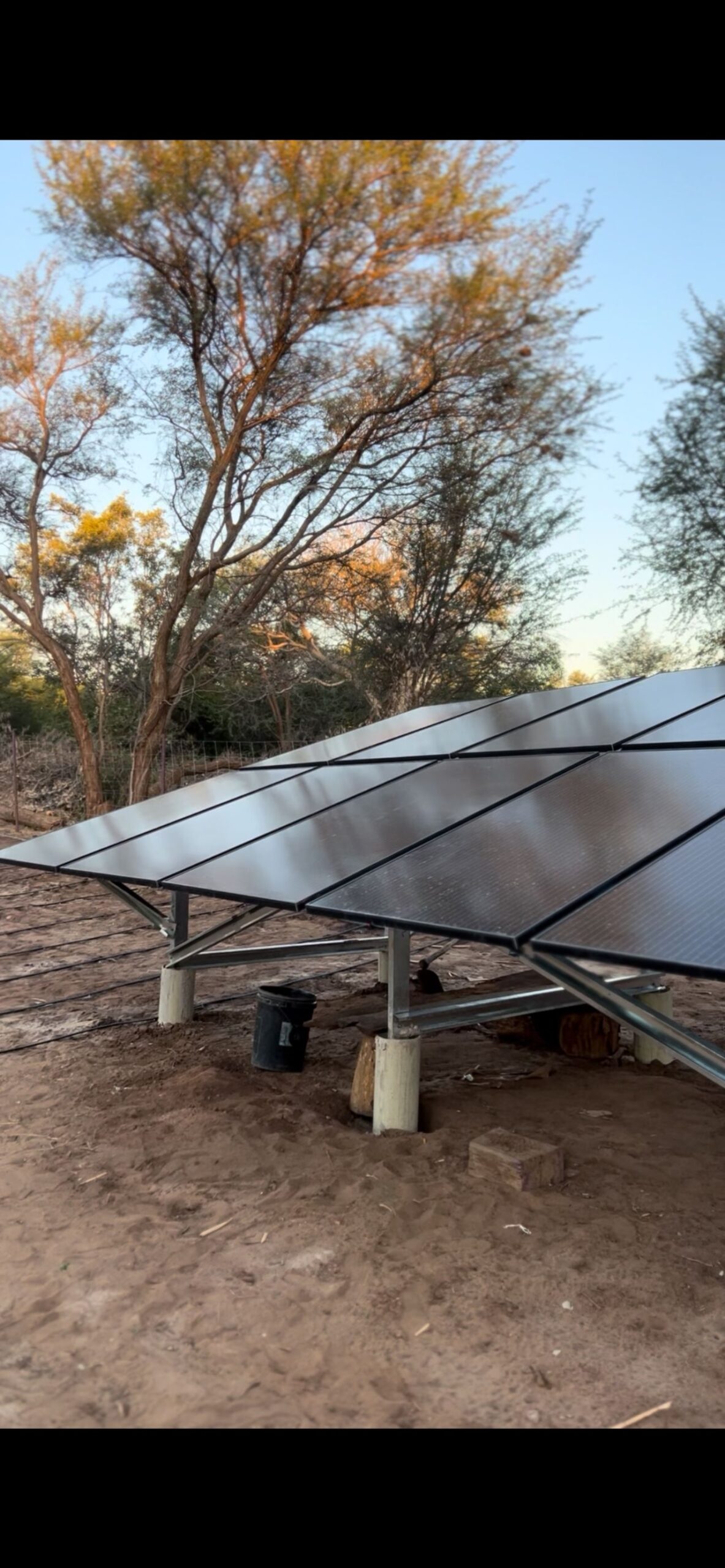
Leave a Reply